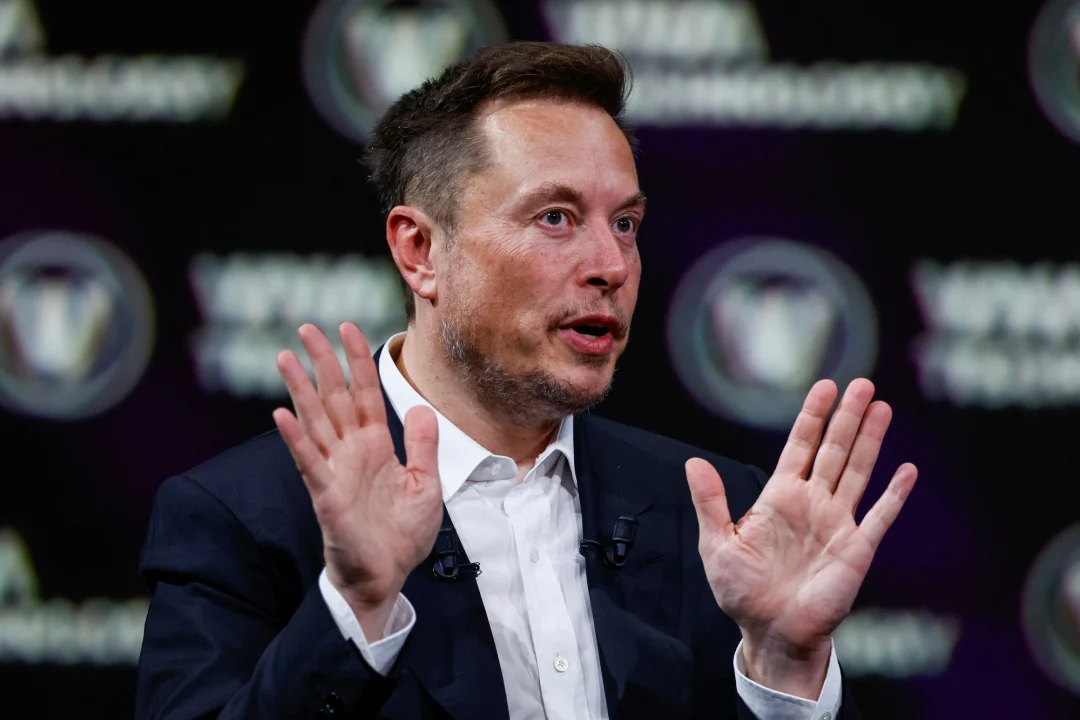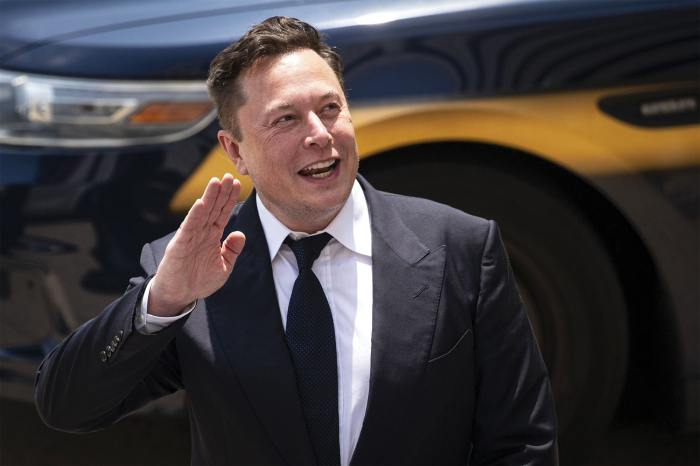Breaking news: SpaceX’s CITY ON MARS project is progressing rapidly as Elon Musk just announced “Humans can go to Mars and live by 2050”
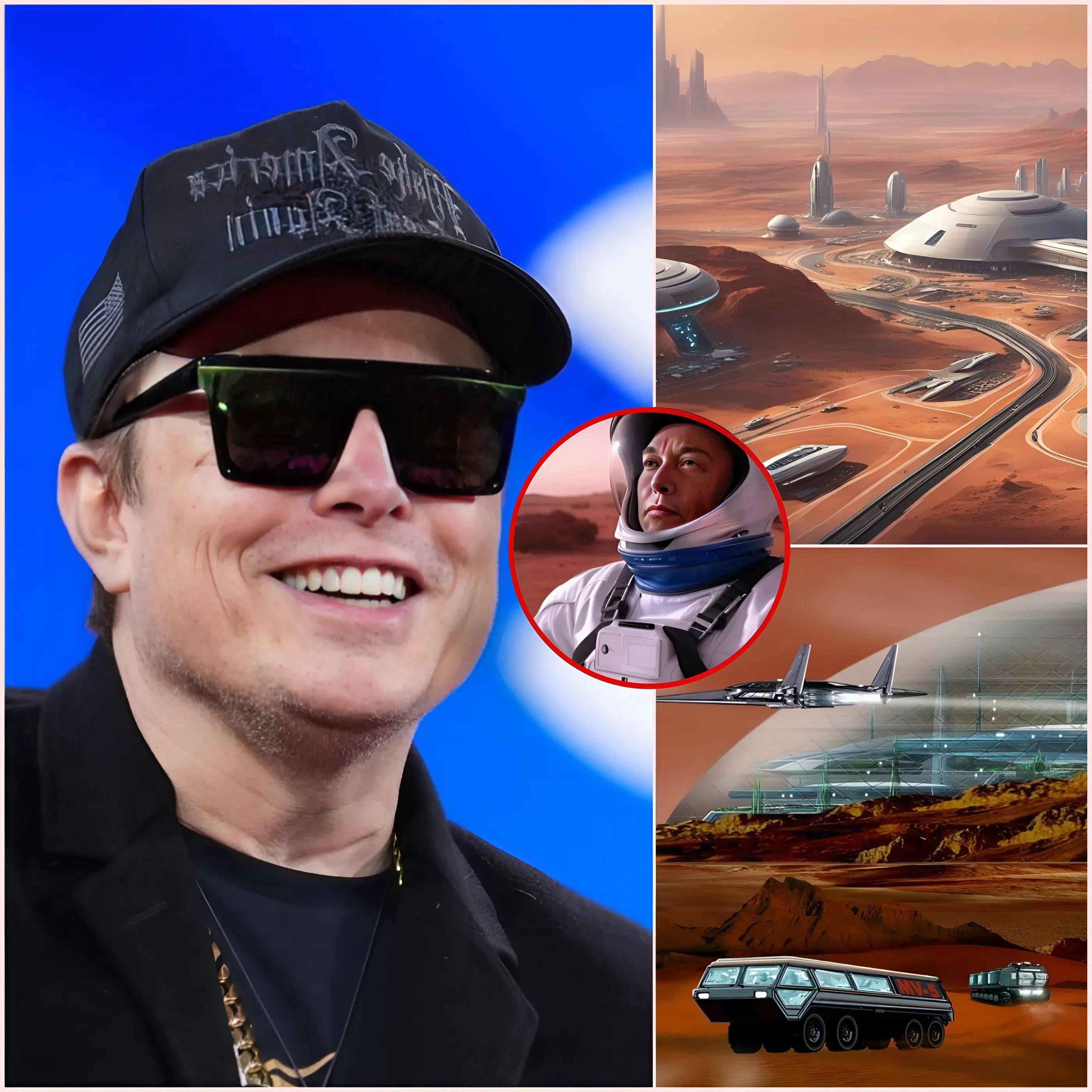
In a stunning revelation that has sent ripples through the scientific and space exploration communities, Elon Musk, the visionary CEO of SpaceX, has announced that humans could land on Mars and establish a self-sustaining city by 2050. This bold claim, made recently on the social media platform X, underscores the rapid progress of SpaceX’s ambitious Mars colonization program, a project that aims to transform humanity into a multi-planetary species. With advancements in rocket technology, habitat design, and resource utilization, SpaceX is pushing the boundaries of what was once considered science fiction, bringing the dream of a Martian civilization closer to reality.
Musk’s announcement comes on the heels of significant milestones achieved by SpaceX in its Starship program, the cornerstone of the company’s Mars colonization efforts. Starship, a fully reusable, super-heavy-lift launch vehicle, is designed to carry both crew and cargo to the Red Planet. In September 2024, SpaceX revealed plans to launch five uncrewed Starship missions to Mars by 2026, aimed at testing the spacecraft’s ability to land intact on the planet’s rugged surface. These missions will pave the way for crewed flights, which Musk optimistically projects could begin as early as 2029 or 2031, depending on the success of the initial tests. The ultimate goal is to establish a self-sustaining colony capable of supporting a million people by mid-century, a timeline that has sparked both excitement and skepticism.
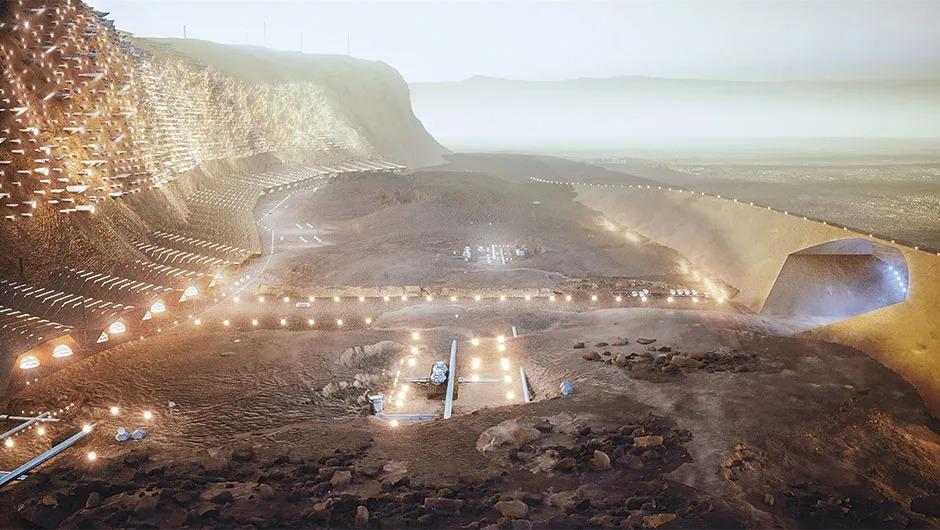
The concept of a Martian city is not new to Musk, who has been advocating for Mars colonization since SpaceX’s founding in 2002. His motivation stems from a belief that becoming a multi-planetary species is essential for humanity’s long-term survival, protecting against existential threats like asteroid impacts or global catastrophes on Earth. To achieve this, SpaceX is tackling a host of technical challenges, from developing reliable life-support systems to harnessing Martian resources. Recent reports indicate that SpaceX engineers are designing dome habitats to shield colonists from Mars’s harsh environment, characterized by icy temperatures, dust storms, and a thin, unbreathable atmosphere. Additionally, teams are researching ways to extract water from permafrost and convert atmospheric carbon dioxide into fuel, critical steps toward self-sufficiency.
One of the most groundbreaking aspects of SpaceX’s plan is its focus on affordability. Musk has long emphasized reducing the cost of space travel to make Mars accessible to a broader population. He estimates that a ticket to Mars could eventually cost as little as $100,000, potentially funded through loans or government sponsorships. This vision relies on Starship’s reusability, which drastically lowers launch costs compared to traditional rockets. By launching fleets of Starships during optimal Earth-Mars alignment windows every 26 months, SpaceX aims to transport megatons of cargo and thousands of colonists, laying the foundation for a thriving Martian economy.
However, the road to Mars is fraught with challenges, and Musk’s ambitious timeline has drawn criticism from experts. NASA, which collaborates with SpaceX on technology and knowledge sharing, considers a crewed Mars landing by 2040 an “audacious” goal, citing hurdles like radiation exposure, physiological risks, and the complexity of sustaining human life in an alien environment. Some scientists argue that Musk’s plan underestimates the difficulties of terraforming or adapting Mars to support large-scale habitation. Others, like planetary scientist Bruce Jakosky, have pointed out that only 40% of past Mars landing attempts have succeeded, even without human passengers. Ethical concerns also loom large, with critics questioning the environmental impact of frequent rocket launches and the legal implications of establishing a colony under the 1967 Outer Space Treaty, which prohibits territorial claims on celestial bodies.
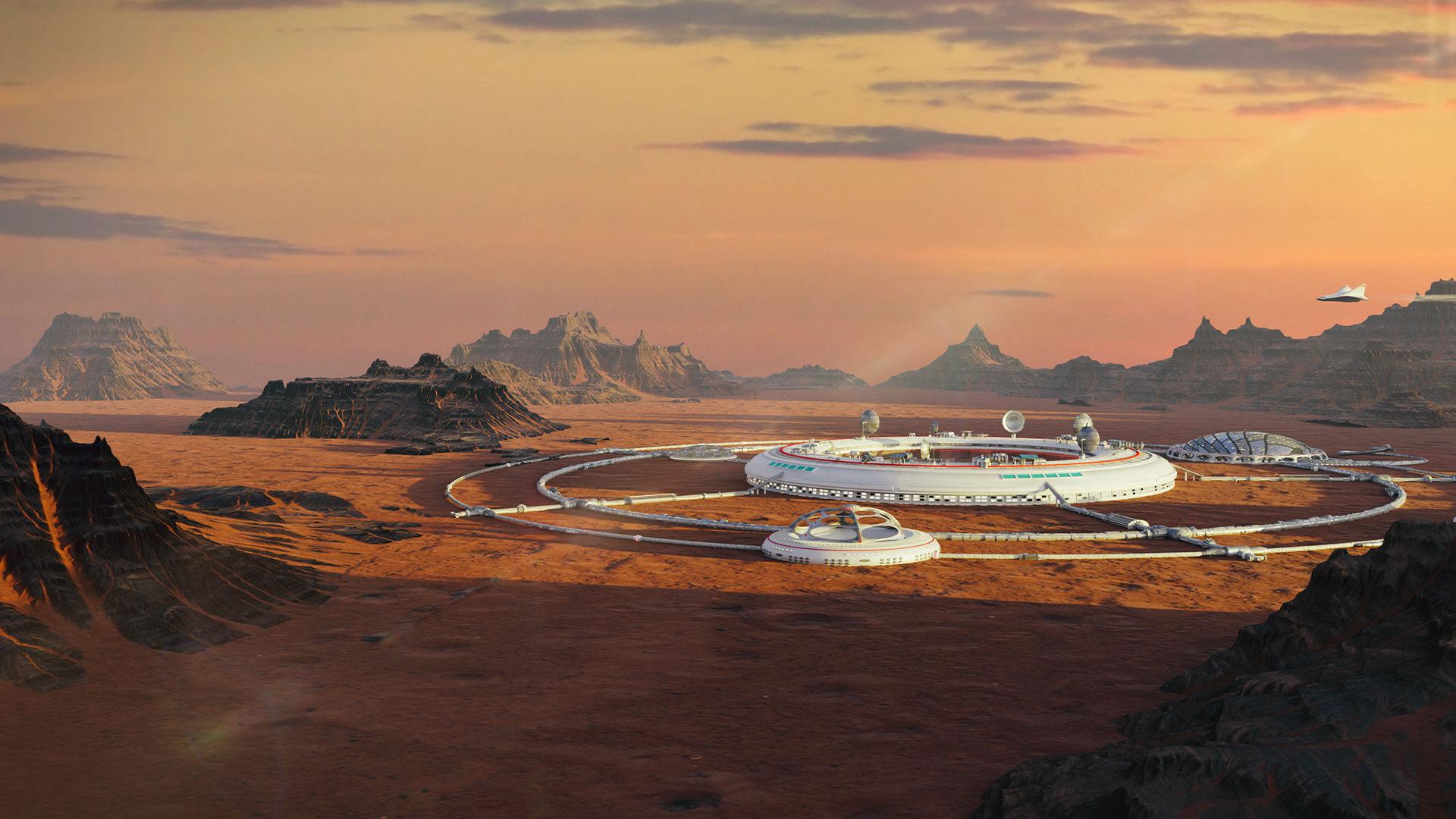
Despite these obstacles, Musk’s track record lends credibility to his vision. SpaceX has revolutionized the space industry with reusable Falcon rockets and regular missions to the International Space Station. The company’s Starbase facility in Texas, where Starships are built and tested, is a hive of innovation, attracting top talent and fostering a culture of relentless progress. Supporters like Robert Zubrin, a prominent Mars exploration advocate, argue that Starship’s low launch costs could unlock a space-based economy, making colonization not just feasible but transformative for humanity.
As SpaceX accelerates toward its 2026 uncrewed missions, the world watches with bated breath. Musk’s announcement has reignited public fascination with space exploration, inspiring a new generation to dream of life beyond Earth. Whether or not a self-sustaining Mars city becomes reality by 2050, SpaceX’s efforts are undeniably pushing the frontiers of human possibility, proving that the stars are closer than we think.
